10 of England's best villages, as picked out by archaeologist and writer Ben Robinson
Lost villages, factory villages, tourist villages, Georgian villages: these pieces of England all have their own story to tell. Archaeologist, author and television presenter Ben Robinson chooses his top 10.
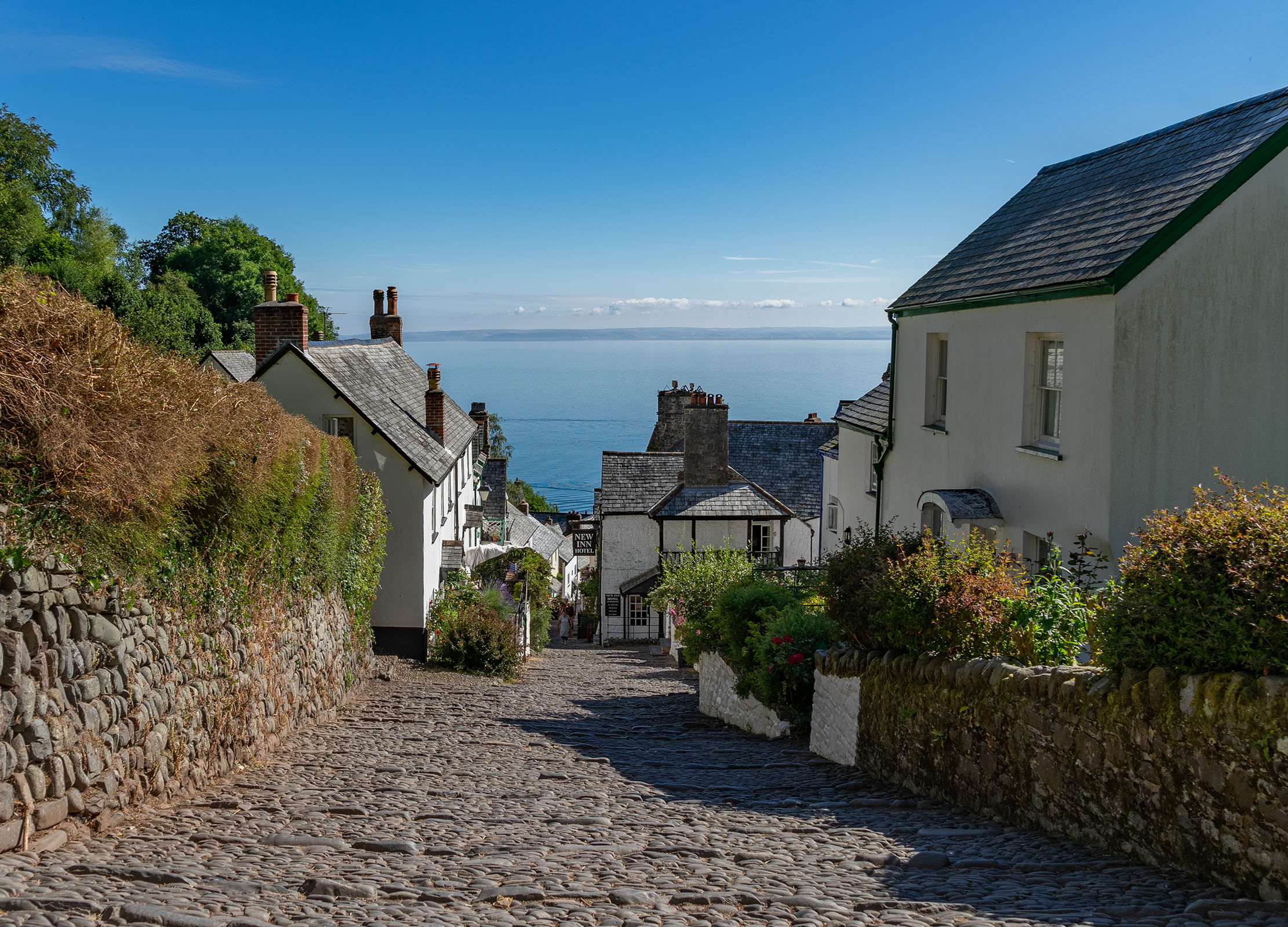
How can I choose only a handful of favourite English villages? One of the marvellous things about them is their huge variety. Even neighbouring villages can develop very differently, their characters reflecting their own particular histories and the people, influences, mishaps and opportunities that have shaped them over centuries. It is a joy to explore an unfamiliar village and stumble across some unexpected, extraordinary feature that I haven’t seen before and it’s almost possible to find a favourite for every day of the year.
This selection includes those I love that illustrate some key village-heritage themes and share characteristics with many other places. It’s probably no coincidence that they are also great to visit for various non-historical reasons — not least good walks, a cup of tea and a slice of cake or a decent pint.
West Stow, Suffolk
The present-day village of West Stow has some notable historic features: a Tudor manor house and a church mentioned in the Domesday Book. The origins of the village, however, lie even further back in time. In the 1960s, archaeologists excavated the remains of an early Anglo-Saxon settlement here. This was an important leap forward in our understanding of ‘Dark Age’ England. Most English villages get their names from settlements founded in this period, but physical evidence of those village ancestors is elusive.
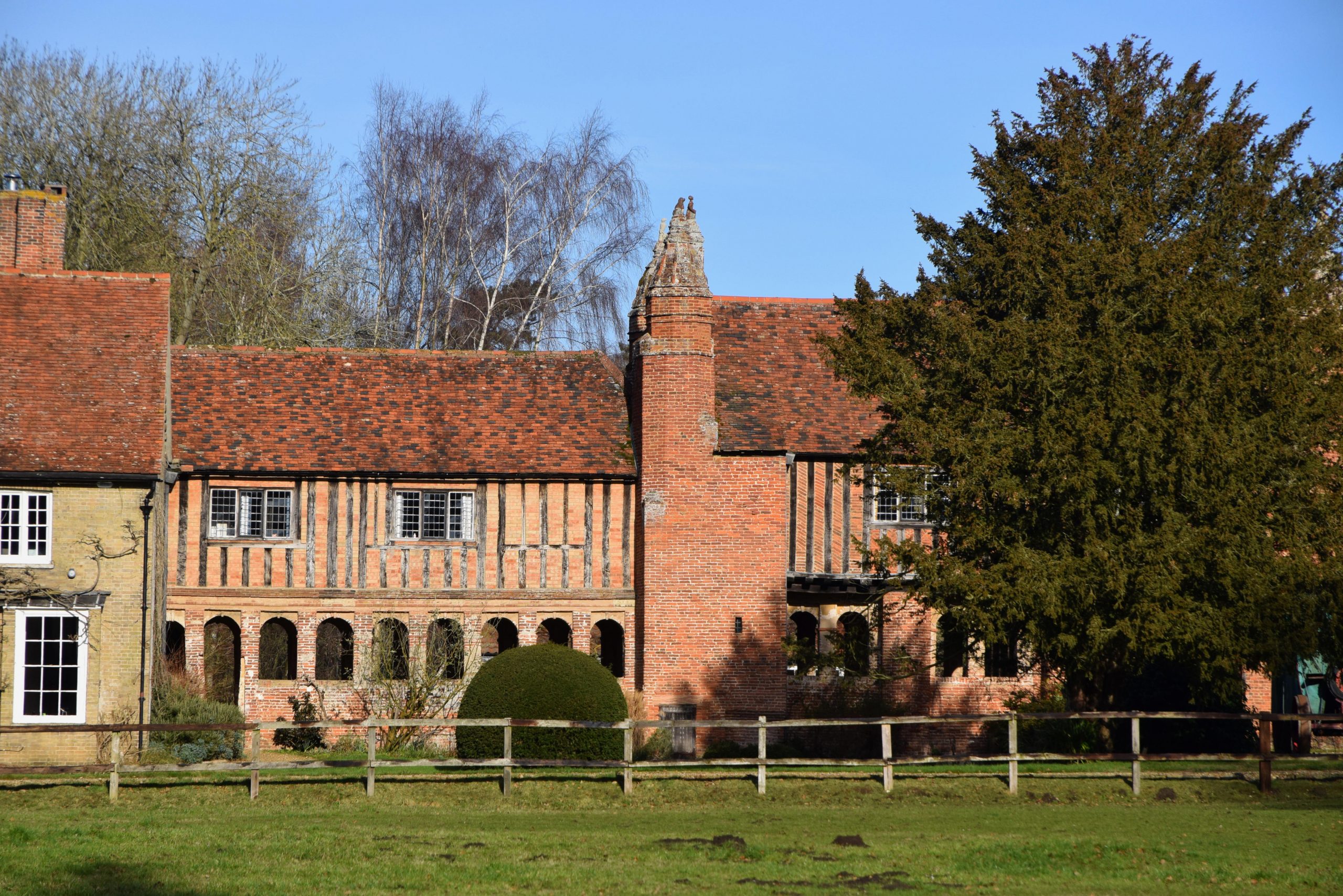
The timber buildings of Anglo-Saxon West Stow, built between 400AD and 650AD, had all gone centuries before the Norman Conquest. What remained were impressions of the holes that held structural posts, large hollows that defined grubenhaus (or ‘sunken-feature’) buildings and the discarded artefacts of everyday village life.
This was enough to inspire the experimental reconstruction of the buildings and their contents on the original sites. We can now wander in and around village homes as they appeared about a millennium and a half ago. At West Stow, we get a feel not only for the origins of many English villages, but also for the origins of the English.
Castle Acre, Norfolk
Today’s villages did not all develop seamlessly from their Anglo-Saxon ancestors. Many we now think of as classically English in their layout (with properties lining a main street, a church at one end, a green or market square, a manor house) are the product of Norman and Angevin redevelopment. As the new regime took hold, old villages were replanned and entirely new ones built. Creating centres of military, spiritual and commercial power were the goals of many of the foreign lords.
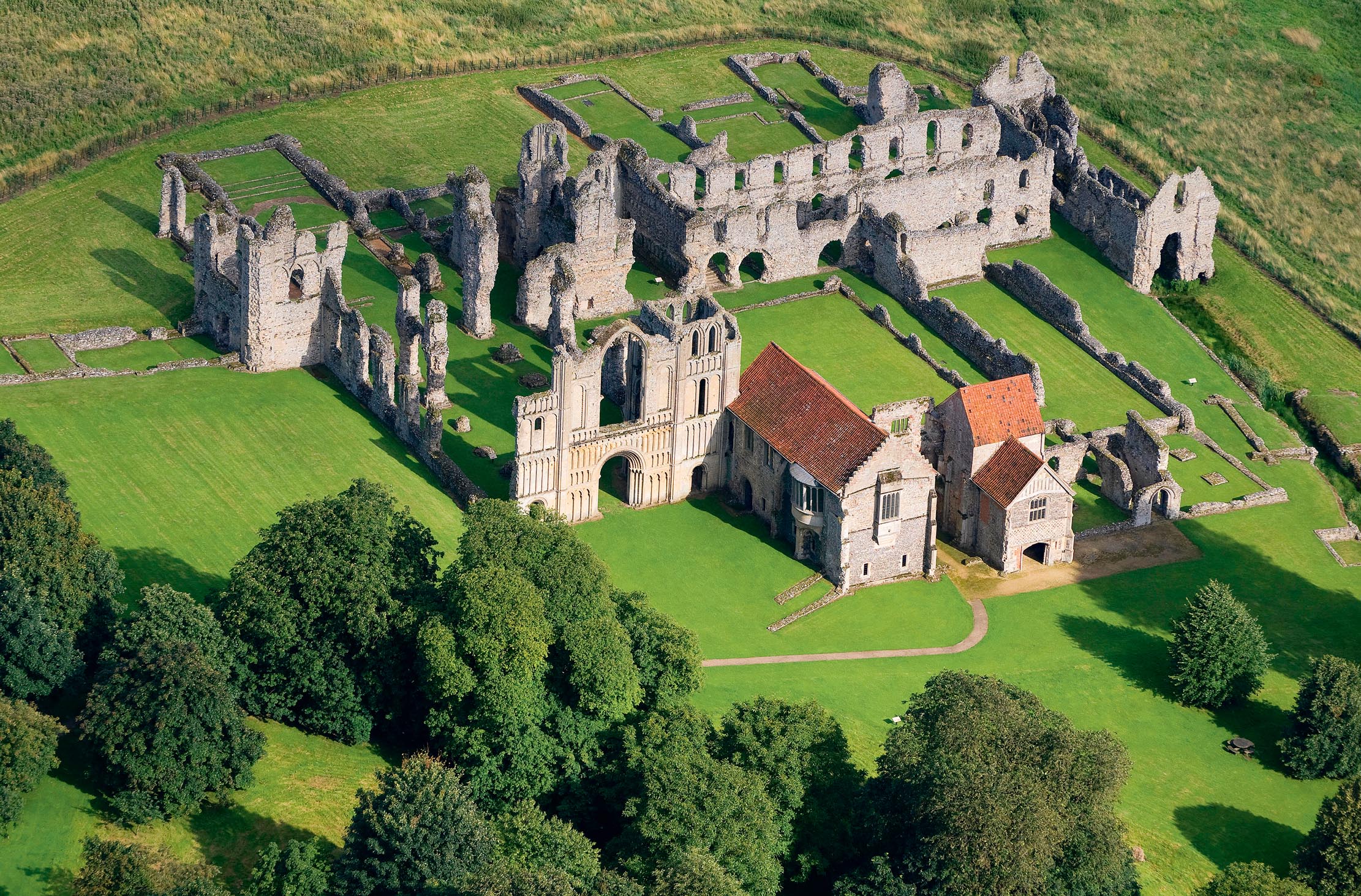
The de Warennes, for example, put the ‘Castle’ into Acre — and much more besides. William de Warenne fought at Hastings and the vast estates he acquired in 13 counties were the spoils of the conquest he helped to achieve. The fortified house he built at Acre was later rebuilt as an imposing castle. The old village was redesigned and gained defences, a market place and a new parish church.
Sign up for the Country Life Newsletter
Exquisite houses, the beauty of Nature, and how to get the most from your life, straight to your inbox.
A substantial Cluniac priory was founded here that is now run by English Heritage. Castle Acre didn’t go on to develop as the major town in the region, but the scale of Norman dominance and ambition is still visible for all to see.
Gainsthorpe, Lincolnshire
Wait a minute — Gainsthorpe isn’t a village, there’s nothing there but a farmhouse or two! Gainsthorpe, however, did use to be a village. It has a pre-Norman name and is mentioned in the Domesday Book, but it had disappeared before the 17th century. Wandering over the remote site now, it is difficult to envisage a thriving settlement, but then you notice the tell-tale humps and bumps in the grass that indicate buried building foundations and lanes.
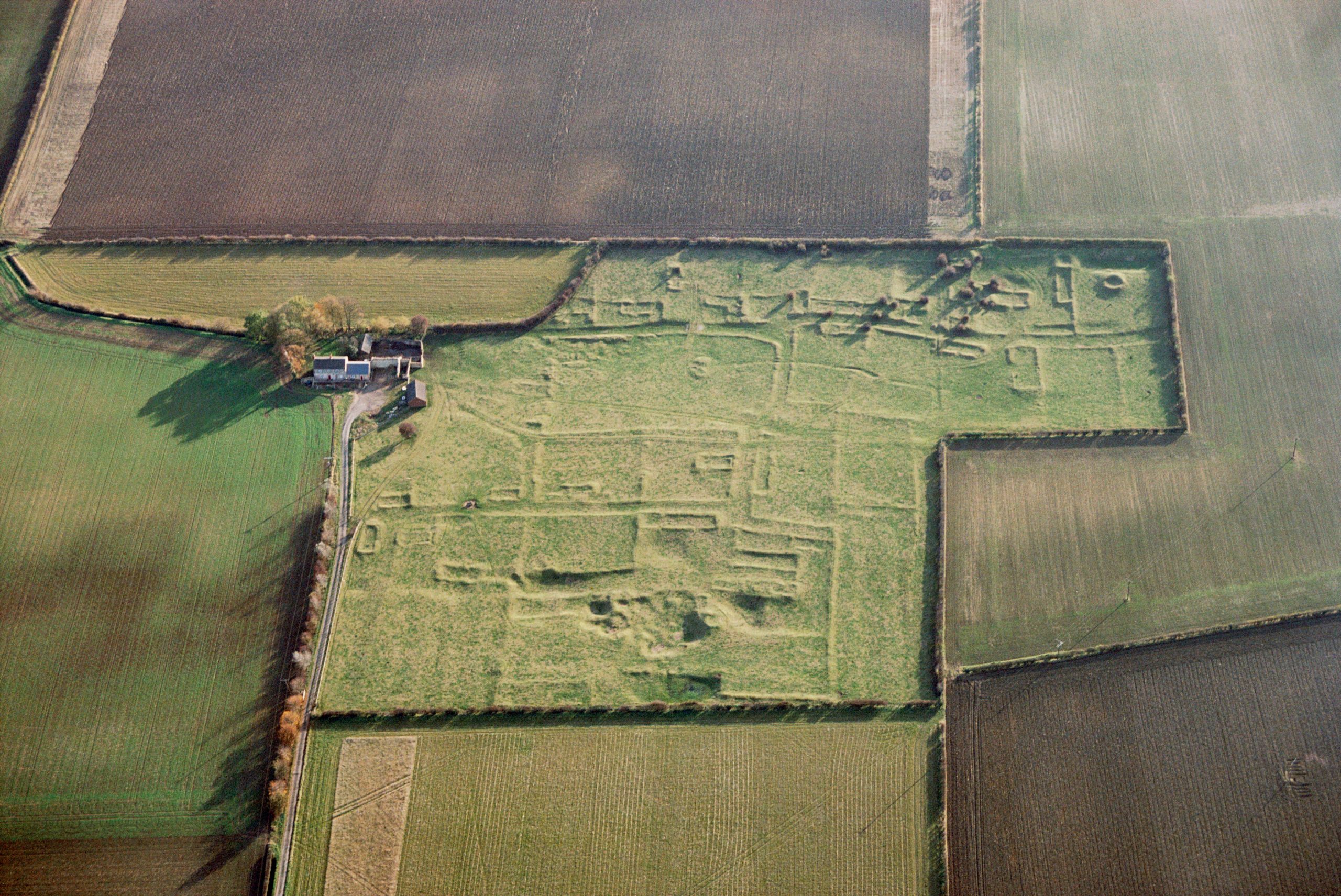
Gainsthorpe is one of the few thousand ‘lost’, deserted, shrunken and shifted villages that have been rediscovered across England. Their sites are marked by archaeological remains, a lonely church and names in Gothic script on Ordnance Survey maps.
Local legend recalls that Gainsthorpe was demolished because it was a den of thieves. Plague, clearance by a landlord for sheep farming or simply a gradual dwindling away because of changing economic and natural environments all had their parts to play in desertions. These evocative sites remind us that villages have not always survived into the present day.
Lavenham, Suffolk
Lavenham grew from unexceptional village origins to become a centre of excellence for woollen-cloth production. In 1524, it made the 14th highest tax return of any town in England, topping up the exchequer’s coffers more than Lincoln, Gloucester and York.
A new class of merchant entrepreneurs, ‘clothiers’, built fine timber-frame halls here. The boom, however, turned to bust. Lavenham shrank and slipped back into relative obscurity, until becoming famous again as the best place to see an old English village in all its timber-frame glory.
Robin Hood’s Bay, North Yorkshire
Making a living from fishing is a precarious business, so coastal communities often turned their hand to supplementary and sometimes nefarious enterprises. It isn’t clear how Robin Hood’s Bay got its name, but its entrance into written history indicates the sort of lawlessness for which it would later become infamous.
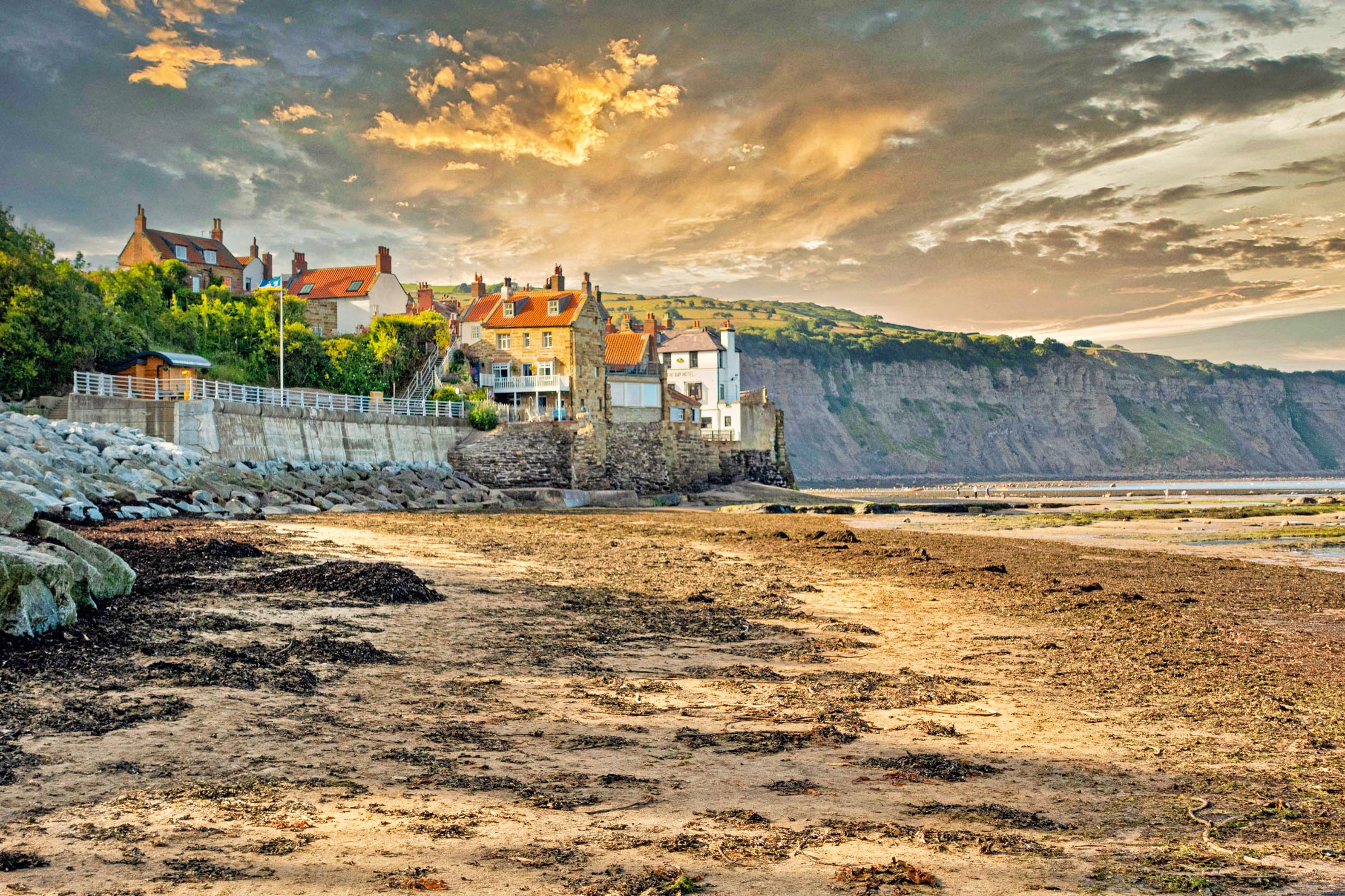
In the 14th century, the irate Count of Flanders complained to Edward III that Flemish fishing boats, together with their crews and catches, had been hijacked and taken to Robin Hood’s Bay. In the 18th century, the village was notorious for smuggling — or ‘free trading’, as it was called euphemistically by the locals. Villagers violently fought off customs officers and press gangs intent on recruiting locals into the Royal Navy. The whaling ships of Whitby, however, made good use of ‘Bay Town’ boatmen’s skills.
Clovelly, Devon
Tourists flock to take in the charms of this traditional fishing village, but the Clovelly they see is not exactly what it seems. During the 16th century, the lord of the manor built ‘divers cellars and warehouses’ and protective walls to create one of the best harbours along this stretch of coast.
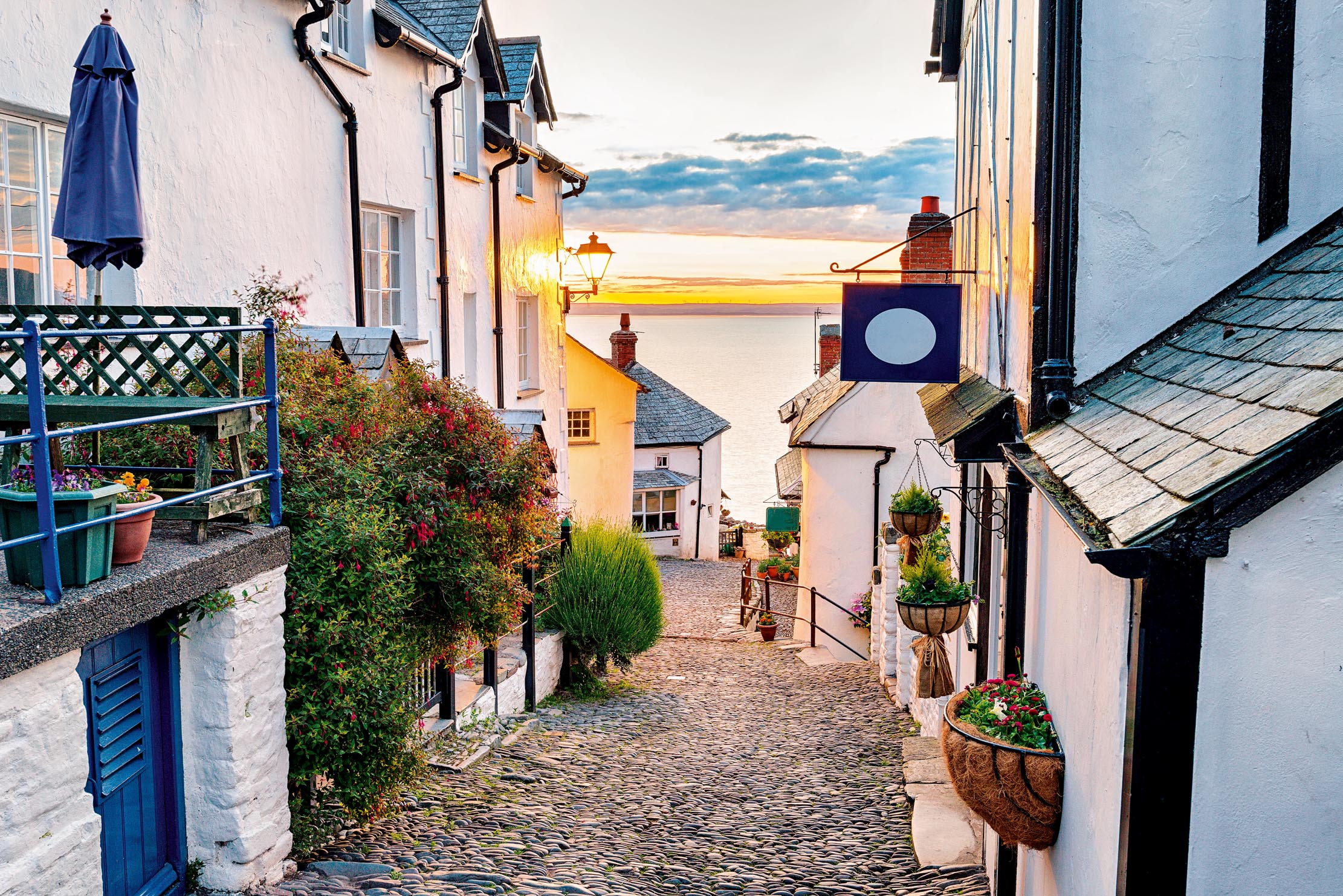
In the 19th century, it had a fleet of more than 50 small fishing boats. A lime kiln smouldered away on the waterfront. Sadly, crowded cottages and poor sanitation led to a cholera outbreak. This was a hard-working, rugged and scruffy place, typical of many coastal villages.
At the end of the 19th century, however, the lady of the manor, Christine Hamlyn, set about giving Clovelly a complete make-over. She rebuilt crumbling old village buildings in Arts-and-Crafts styles. Clovelly became a tourism hotspot in the early years of motoring holidays, but is totally unsuitable for vehicles, so Hamlyn built a huge car park above the village. This has been heaving with cars and coaches for much of the past century.
Milton Abbas, Dorset
It’s difficult to believe that this serene village was born from an aggressive clearance campaign. The small market town of Middleton lay inconveniently close to Milton Abbey, the newly acquired mansion of Joseph Damer, Baron Milton. Damer wanted fashionable new surroundings and Middleton had to go.
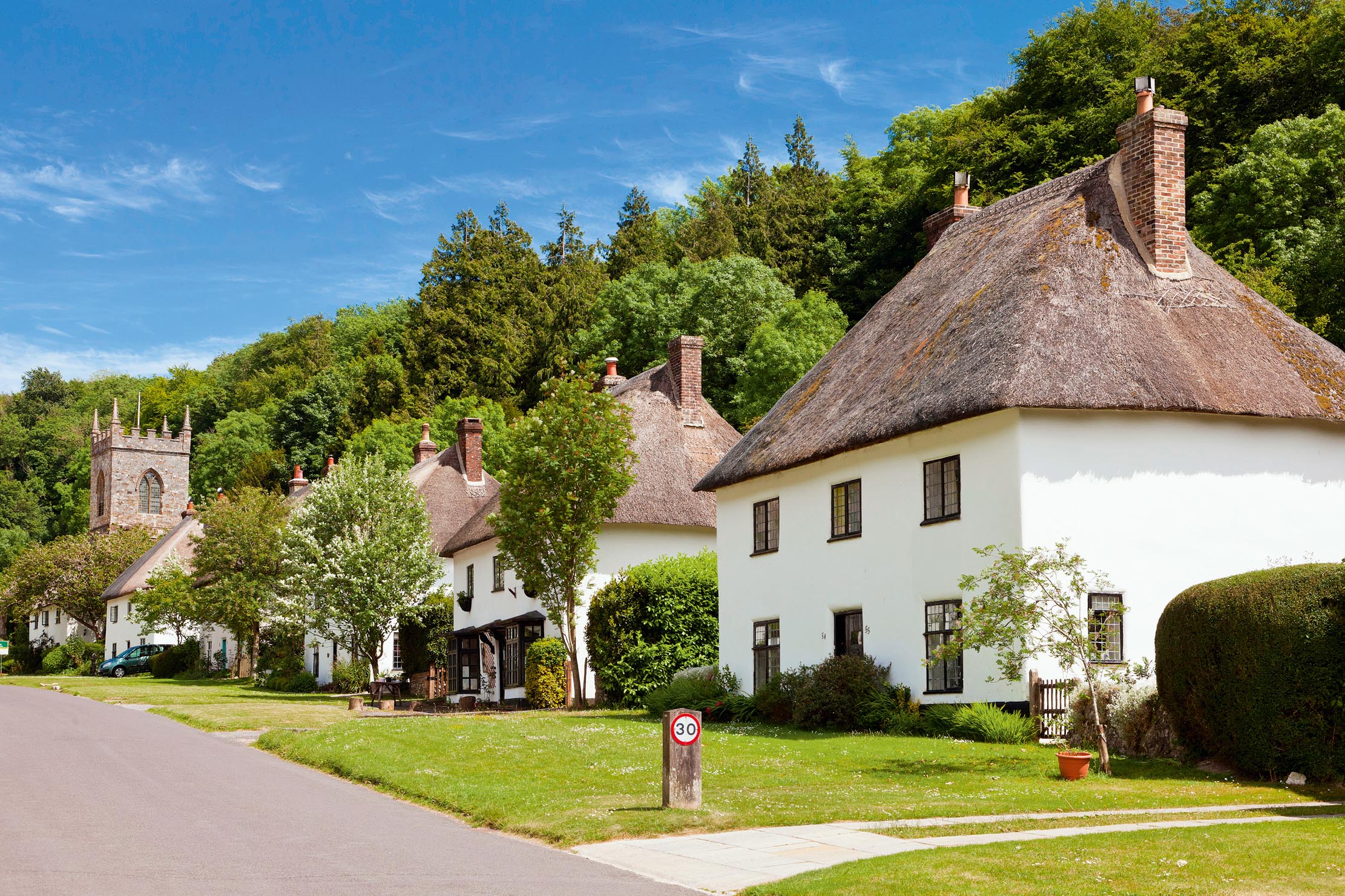
During the 1770s, therefore, Damer set about buying out and bullying away the population and levelling their homes. The designed landscape that Capability Brown created for Damer is now considered one of the very best. The replacement village, Milton Abbas, which was built on a new site, is celebrated for its remarkably neat and picturesque character.
This is perhaps the most extreme example of the removal of an entire community to create parkland or a new estate village, but, from the 16th century onwards, it was far from uncommon.
Cromford, Derbyshire
The roots of Britain as a major industrial power are not to be found in big cities such as Manchester and Birmingham, but in weaving, spinning and manufacturing villages. Richard Arkwright began building his first mechanised, water-powered cotton mill at Cromford in 1771. He needed to attract a workforce, so he also built houses. Before long, Arkwright had created the first successful integrated factory community.
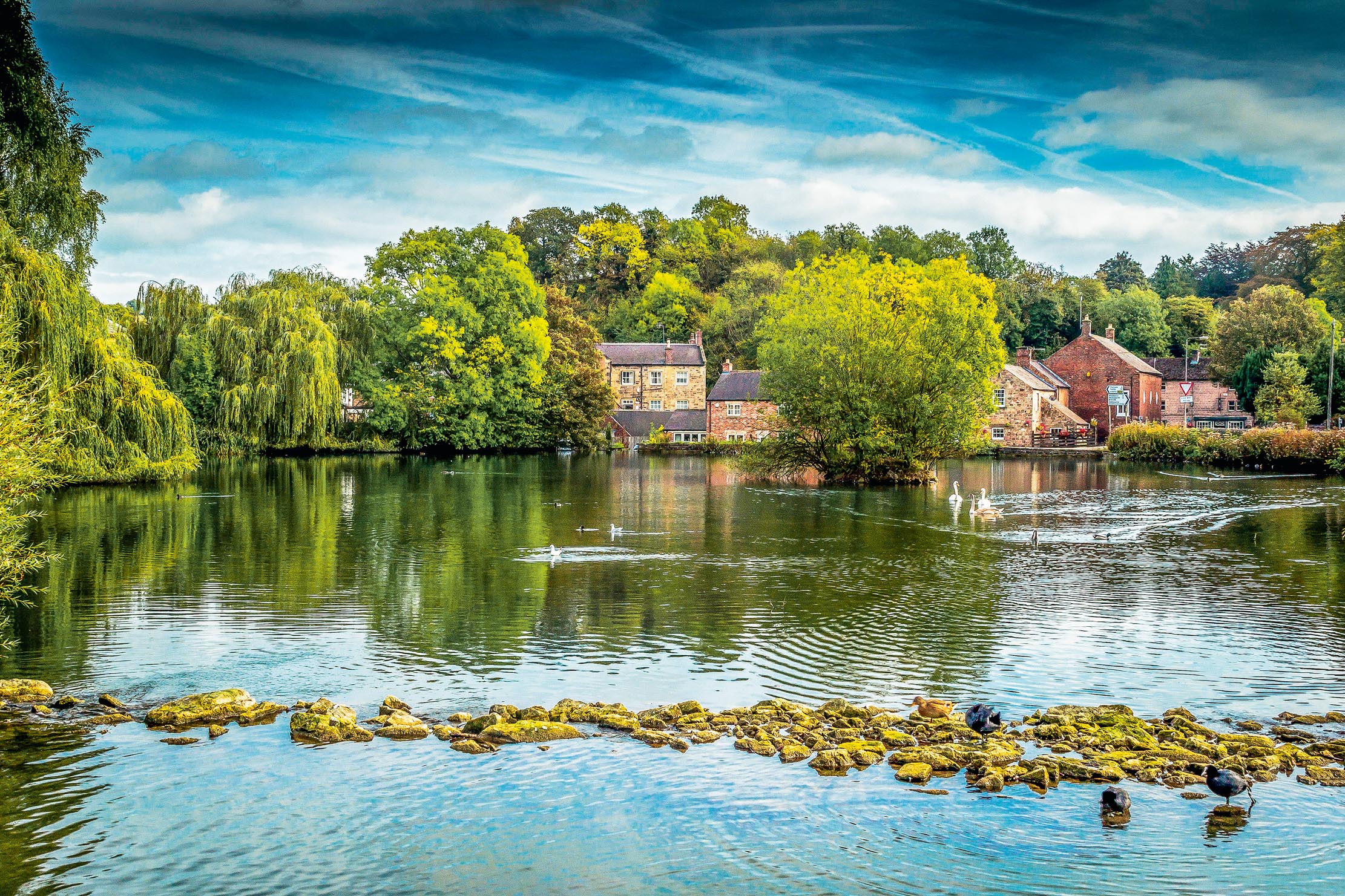
This was a totally new way of working and living, driven by the ever-ticking clock and the relentless pace of the mill machinery, but Arkwright offered year-round employment, regular pay and accommodation at a time when many villagers lived uncertainly and precariously with the ebbs and flows of seasonal work.
The uniform terraces of houses built in Cromford set the pattern for the row upon row of workers’ houses that came to characterise industrial towns. Cromford was also the precursor to enlightened model industrial villages, such as New Lanark, Lanarkshire; Saltaire, West Yorkshire; Port Sunlight, Merseyside; and Bournville, Birmingham, with their integrated amenities and workers’ welfare.
Sutton-in-the-Isle, Cambridgeshire
How can I leave out Sutton? It was a great place to grow up. My friends and I roamed free over the fields, playing and tracking wildlife. We fished and swam in the rivers. We skated on the frozen ‘washes’ in winter and went sledging when it snowed.

Rooted in the agriculture productivity of the surrounding fens, Sutton has undergone the same sort of changes that many villages have experienced in the past 70 years or so. It lost its railway station, banks, most shops and pubs, but gained lots of new development to house commuters. The village moved on. The disused Second World War airfield where we hunted for dangerous relics now houses a straw-burning biomass power station, as well as a major agricultural-machinery auction. Clubs, societies and events thrive. Sutton retains character and features that evoke its heritage.
However, it was vitality rather than prettiness that led to its surprise accolade as national Village of the Year in 2002. As are other English villages, Sutton is set to adapt and succeed for centuries to come.
Collyweston, Northamptonshire
Collyweston gives its name to attractive limestone roof slates, which, for centuries, have adorned cottages, barns, churches, Cambridge colleges and country houses. At the start of the 21st century, however, this slating tradition was under severe threat. Sources of suitable stone ‘log’ were running out: winters weren’t cold enough to naturally fracture the log so that it could be split into slates and skills were being lost.
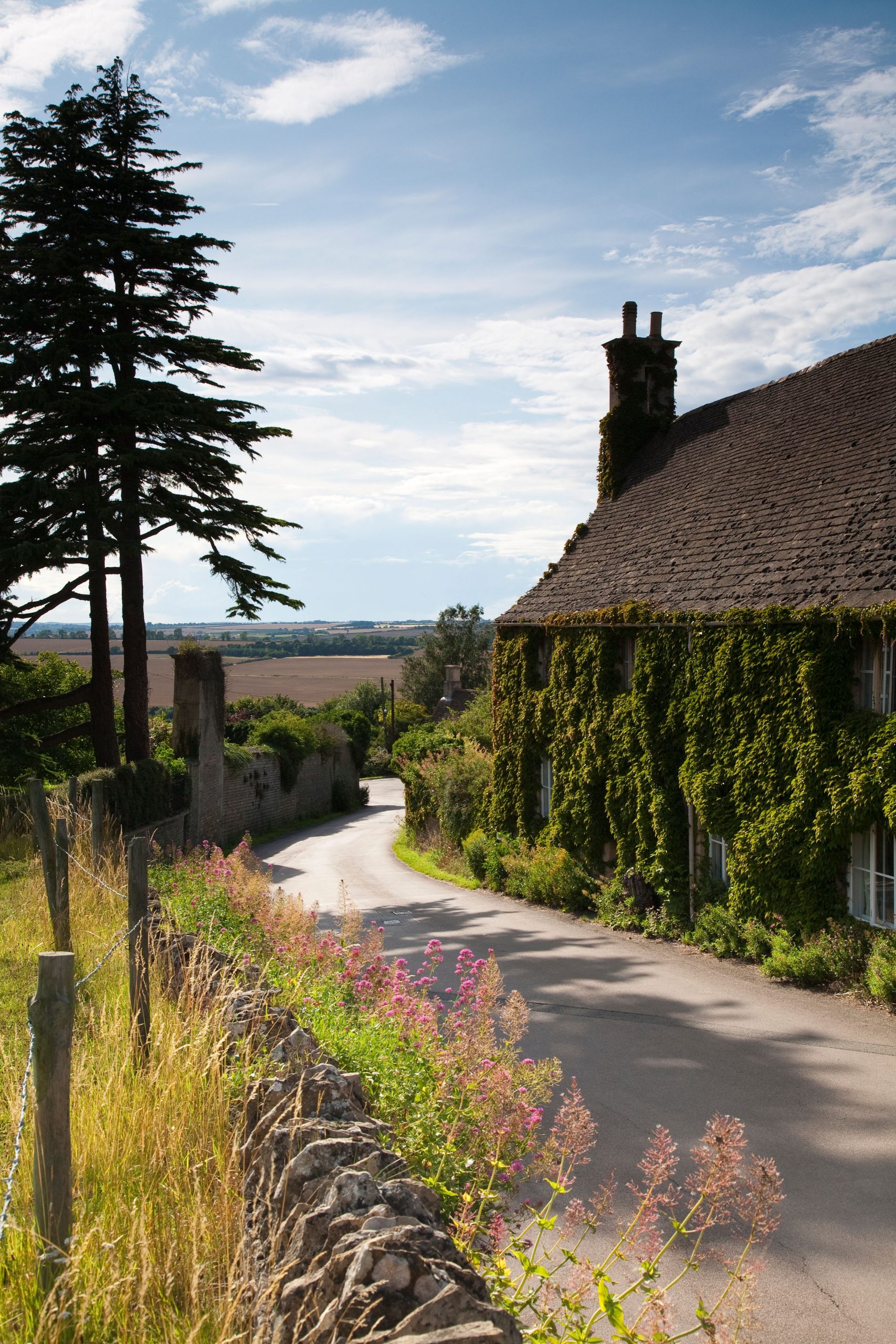
The distinctive character of the region’s buildings was being eroded by substitute, foreign roofing materials. Happily, modern ingenuity and old-fashioned perseverance rescued the situation. An artificial freeze-thaw method was developed, mining resumed and there is now a thriving small slating industry once more.
Maintaining the special qualities of traditional English villages is not always easy. Unsympathetic development and inappropriate materials can severely erode historic local character. Care and investment is required to ensure that these wonderful places are treasured into the future.
‘England’s Villages: An Extraordinary Journey Through Time’ by Ben Robinson is out now, published by Blink (£25). Mr Robinson also explores the surprising stories of coastal villages in the BBC’s ‘Villages by the Sea’.
-
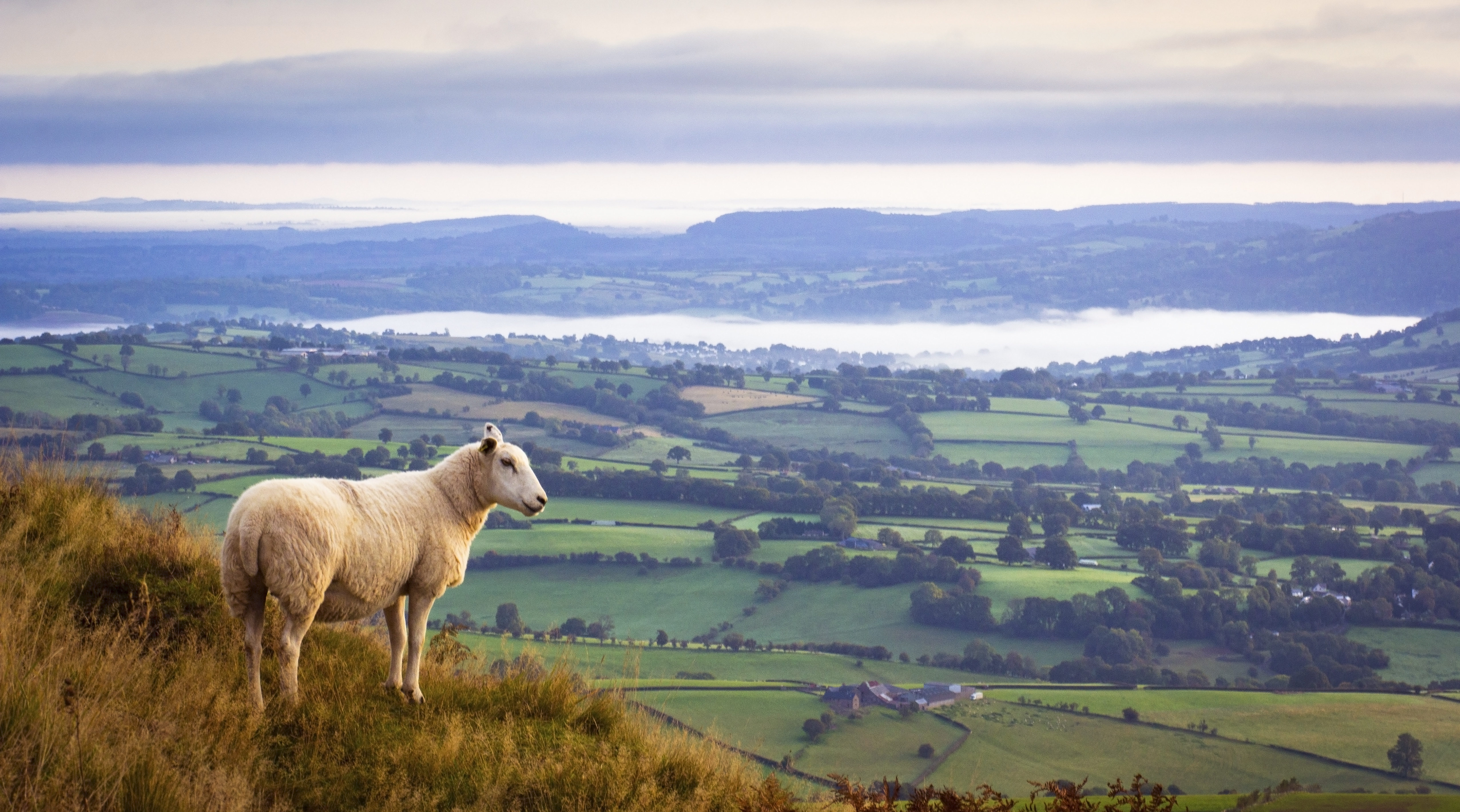 Minette Batters: 'It would be wrong to turn my back on the farming sector in its hour of need'
Minette Batters: 'It would be wrong to turn my back on the farming sector in its hour of need'Minette Batters explains why she's taken a job at Defra, and bemoans the closure of the Sustainable Farming Incentive.
By Minette Batters Published
-
 'This wild stretch of Chilean wasteland gives you what other National Parks cannot — a confounding sense of loneliness': One writer's odyssey to the end of the world
'This wild stretch of Chilean wasteland gives you what other National Parks cannot — a confounding sense of loneliness': One writer's odyssey to the end of the worldWhere else on Earth can you find more than 752,000 acres of splendid isolation? Words and pictures by Luke Abrahams.
By Luke Abrahams Published
-
 Everything you need to know about one of sport's most gruelling rivalries
Everything you need to know about one of sport's most gruelling rivalriesThis year's Boat Race is expected to play out to a global audience of 100million.
By Amie Elizabeth White Published
-
 The humble hazel dormouse — 'the flagship species of the health of our countryside'
The humble hazel dormouse — 'the flagship species of the health of our countryside'The sleepy and very sweet hazel dormouse is one of Britain's rarest mammals.
By Jack Watkins Published
-
 The grass is always greener: Follow in the footsteps of Sir Andy Murray and play in The Giorgio Armani Tennis Classic
The grass is always greener: Follow in the footsteps of Sir Andy Murray and play in The Giorgio Armani Tennis ClassicThere’s no better time of year than the summer grass court tennis season.
By Rosie Paterson Published
-
 You've gotta catch them all: Everything you need to know about London's giant Easter egg hunt
You've gotta catch them all: Everything you need to know about London's giant Easter egg huntFortnum & Mason, Anya Hindmarch and Chopard are among the companies that have lent a creative hand.
By Amie Elizabeth White Published
-
 The UK gets its first ‘European stork village’ — and it's in West Sussex
The UK gets its first ‘European stork village’ — and it's in West SussexAlthough the mortality rate among white storks can be up to 90%, the future looks rosy for breeding pairs in southern England.
By Rosie Paterson Published
-
 Can't you hear me S.O.S? Our treasured native dog breeds are at risk of extinction
Can't you hear me S.O.S? Our treasured native dog breeds are at risk of extinctionDo you know your Kerry blue terrier from your Lancashire heeler? A simple lack of publicity is often to blame for some of the UK's native dog breeds flying dangerously low under-the-radar.
By Victoria Marston Published
-
 The prestigious Saut Hermès was a tantalising taste of what to expect when Paris's Grand Palais reopens to the public in June
The prestigious Saut Hermès was a tantalising taste of what to expect when Paris's Grand Palais reopens to the public in JuneThe Grand Palais in Paris, France, has been closed to the public for extensive renovation works since 2021.
By Rosie Paterson Published
-
 Curious Questions: Why do golf balls have dimples? And why are tennis balls furry?
Curious Questions: Why do golf balls have dimples? And why are tennis balls furry?As the weather picks up, millions of us start thinking about dusting off our golf clubs and tennis rackets. And as he did so, Martin Fone got thinking: why aren't the balls we use for tennis and golf perfectly smooth?
By Martin Fone Published